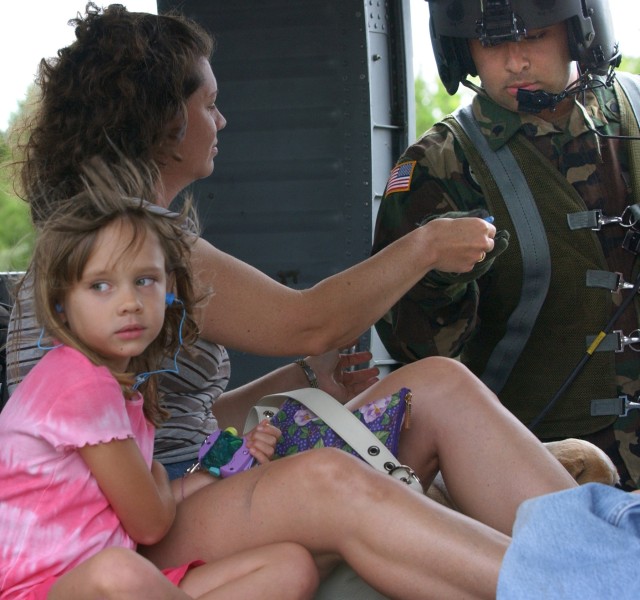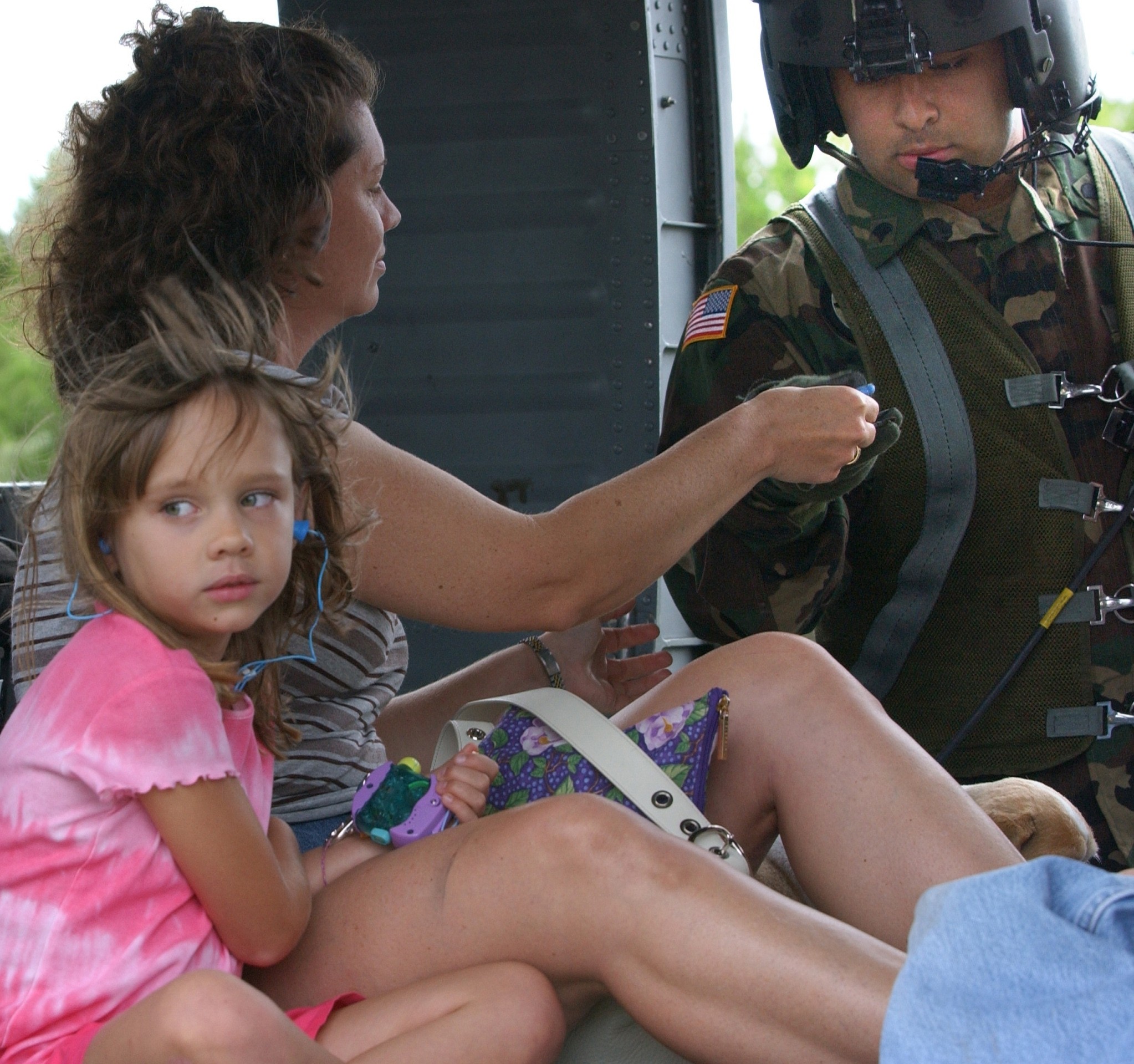WASHINGTON (Army News Service, July 2, 2007) - National Guard troops and equipment in Texas and Oklahoma continue to help in flood-ravaged areas of those states.
Recent torrential rain has swept through much of Texas, causing severe flooding over 650 miles from Brownsville to the Oklahoma border.
Heavy rain has fallen for the past two weeks, with some areas of Texas receiving nearly two feet of rain. Gov. Rick Perry has activated 150 members of the Texas Army National Guard.
Ground transportation force packages consisting of about 30 Soldiers, 10 high-profile 2.5- or 5-ton trucks along with various support vehicles, including Humvees, a fuel truck, a wreck truck, water buffalos and generators have gone from house to house to make sure residents inside were all right and assisted incident commanders with evacuations.
The high-profile vehicles are suited with tires large enough to push through the devastation, and the water buffalos are providing water where no clean resources are available.
The Texas National Guard is working jointly with the state police and fire chiefs in setting up vehicle barriers, preventing drivers from using flooded roads.
On June 27, a Black Hawk helicopter was deployed late at night to the town of Smithwick to rescue 14 civilians and several pets. They were airlifted to Marble Falls Middle School, which has been established as a shelter.
"We have about 13,000-14,000 square miles of the state that are affected by the rain," said the governor's Division of Emergency Management chief of staff, Jack Colley, in a telephone interview. It was decided to bring in the Texas Army National Guard aviators and Task Force One, Urban Search and Rescue Teams.
"The Guard helps us tremendously in these isolated communities that are cut off by water," said Capt. Malcolm Welch of the Texas Parks and Wildlife Department. "Many times the Guard is the only way we can get a lot of people out."


Social Sharing